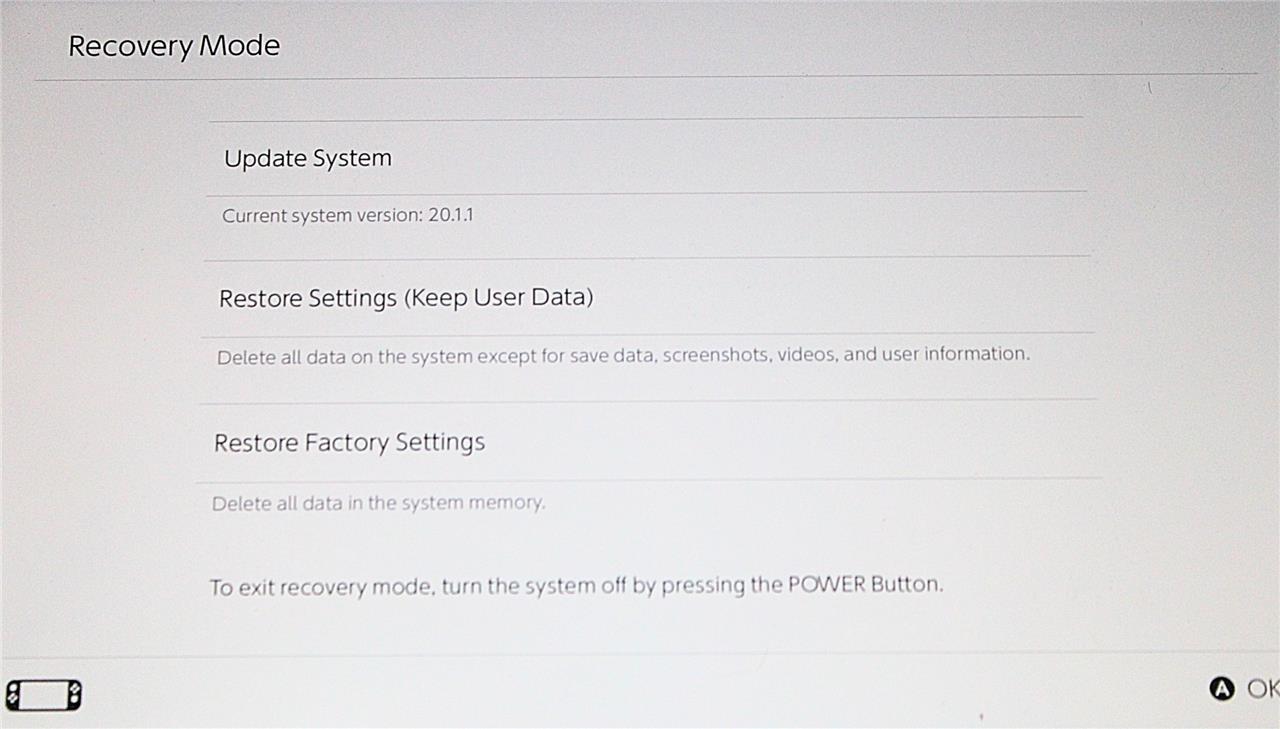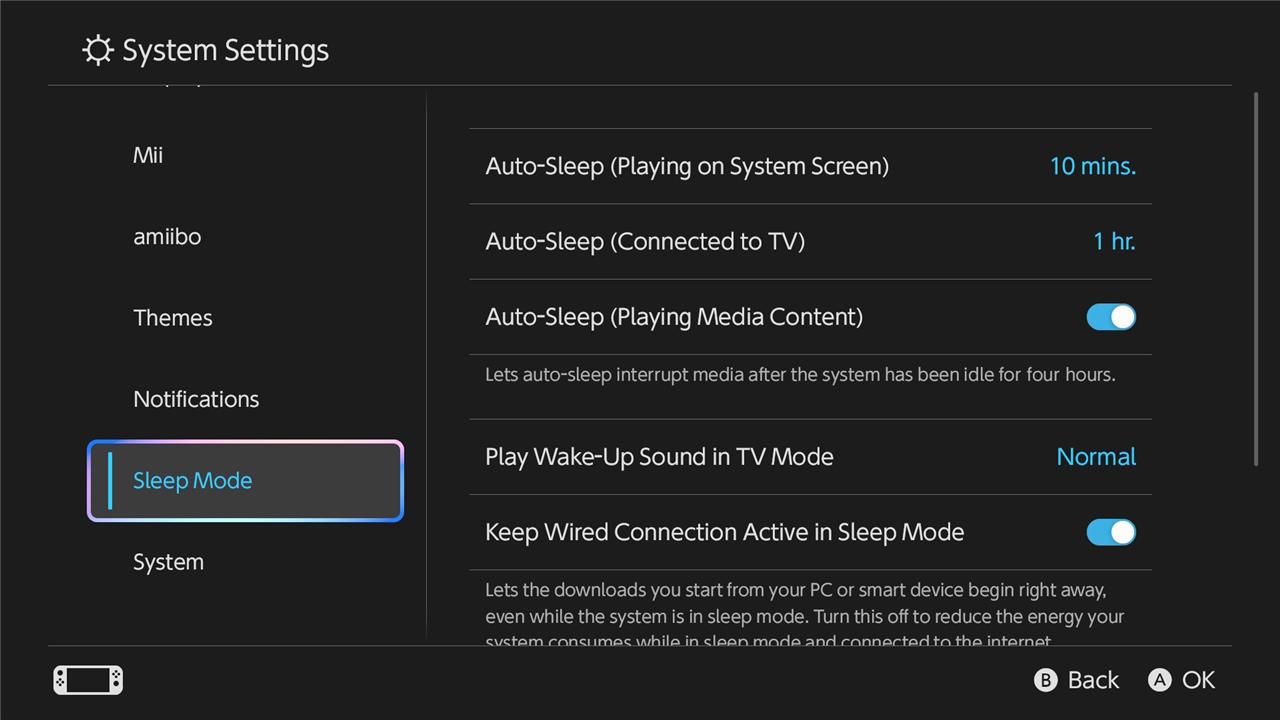You’re in the middle of your favorite game when the dreaded low battery icon flashes-except your Nintendo Switch 2 still has hours left. If your battery indicator is lying, you’re not alone: a glitch is leaving countless gamers guessing how much juice they really have. Here’s how to get your Switch 2’s battery meter back on track and reclaim your peace of mind.
As of this writing, the Nintendo Switch 2 suffers from a bug that alters its battery life information, resulting in an empty battery sign even if the console still has a few hours of playtime left before it needs recharging. It’s very inconvenient, but luckily, there are two ways to solve this problem.
Here’s how to fix the broken battery charge indicator on the Switch 2.
How to fix broken battery level on Switch 2
To fix the broken battery level on the Nintendo Switch 2, the most effective method is to reset the battery level meter by entering the Recovery Mode. First, ensure your device is fully updated and using the proper AC adapter. Then, power off the console. Press and hold the volume up (+) and volume down (-) buttons, and while holding them, press the power button once to turn on the system. Keep holding the volume buttons until the Recovery Mode menu appears. From there, power off the console again and turn it back on normally. This process should recalibrate the battery indicator. If the problem persists, Nintendo recommends charging the console fully with auto-sleep disabled, then discharging it completely, and repeating this cycle several times to recalibrate the battery meter more thoroughly.

If your Switch 2 battery seems to deplete much faster than expected, it may be caused by a faulty battery charge indicator rather than an actual battery problem. If that’s the case, you may see an empty battery sign even though you’re still able to play. This mismatch may occur with hours of battery life left.
For reference, a fully-charged Switch 2 should have a battery life of 2.5 to 6.5 hours. Yes, that’s quite a broad range, but if you’ve been playing for only an hour or so on a full battery, you really shouldn’t see an empty battery sign yet.
To fix the issue, an FAQ on the official Nintendo website suggests that you try the following steps:
- Make sure you’re using the right AC adapter (charging cable). You must use the Nintendo Switch AC adapter “Model HAC-002” to plug into the console directly.
- Ensure you’ve installed the latest system update. If not, update your console.
- Turn off your Switch 2.
- Press and hold the volume up ( ) and volume down (-) buttons, then press the power button once. Your Switch 2 should turn on. Keep pressing down on the volume buttons!
- The Recovery Mode menu will appear, which should reset the battery level indicator without you having to change any settings.
- Hold the power button to turn off the console, then turn it on again. The system will boot as normal.
Repeat this process a few times!

Hopefully, this fixes the broken battery charge indicator, but if it doesn’t, try another troubleshooting method (also suggested by Nintendo):
- Disable auto-sleep by going to “system settings”, then “sleep mode.”
- Set “Auto-Sleep (Playing on System Screen),” “Auto-Sleep (Connected to TV),” and “Auto-Sleep (Playing Media Content)” to “never.”
- Connect the AC adapter (charging cable) directly to the console and charge for at least three hours or until the battery is 100% full. Wait for another hour with the console still connected.
- Remove the AC adapter from the console. Go to the HOME Menu and leave this on for three to four hours, so that the battery is almost depleted.
- Turn off your Switch 2 and leave it for at least 30 minutes.
Would recalibrating the battery permanently fix the charge indicator on Switch 2
Recalibrating the battery on the Switch 2-using either the Recovery Mode reset or the charge/drain cycle-can significantly improve the accuracy of the charge indicator, but it does not guarantee a permanent fix. The indicator may become inaccurate over time due to typical use, power-saving settings, or charging inconsistencies, meaning recalibration may need to be repeated periodically.
-
Recovery Mode reset: Entering Recovery Mode as instructed by Nintendo can immediately restore more accurate battery readings; this method can be repeated if needed.
-
Charge/drain cycles: Draining the battery close to empty and recharging it fully several times can gradually enhance the indicator’s accuracy.
-
Long-term outlook: Most guides indicate that the recalibration process “should” resolve the issue effectively, and some user reports suggest it “stays very up to date and accurate” after recalibration. However, Nintendo and tech sources caution that if the problem recurs, recalibration steps can be repeated, and a permanent, one-time fix is not guaranteed; service may be needed in rare persistent cases.
In summary, recalibration typically fixes the charge indicator for an extended period, but because of intrinsic software and usage factors, it may not be a completely permanent solution, and future recalibrations could be necessary.
Can recalibration prevent future charge indicator errors on Switch 2
Recalibrating the Switch 2 battery can reduce and correct charge indicator errors for a period of time, but it does not guarantee these errors will never return in the future. The calibration process improves indicator accuracy after glitches or inconsistent charging, but factors like power-saving features, software bugs, and natural battery aging can still cause future inaccuracies, so recalibration may need to be repeated periodically.
-
Nintendo and independent guides both suggest that recalibration (either via Recovery Mode or repeated charge/drain cycles) is an effective way to restore charge meter accuracy, but none describe it as a one-time, permanent preventative. Instead, they recommend repeating the process if the issue recurs.
-
Power-saving settings and charging habits are specifically mentioned as possible causes of recurring indicator issues, meaning recalibration addresses the symptom rather than the underlying cause.
-
Firmware updates may also play a role; Nintendo has not yet provided a permanent software solution, so future updates could help reduce the frequency of errors, but as of now, routine recalibration remains the best user option.
In summary, while recalibration can resolve charge indicator errors when they occur, it does not fully prevent future errors, and periodic recalibration might still be necessary to maintain accurate battery readings.
